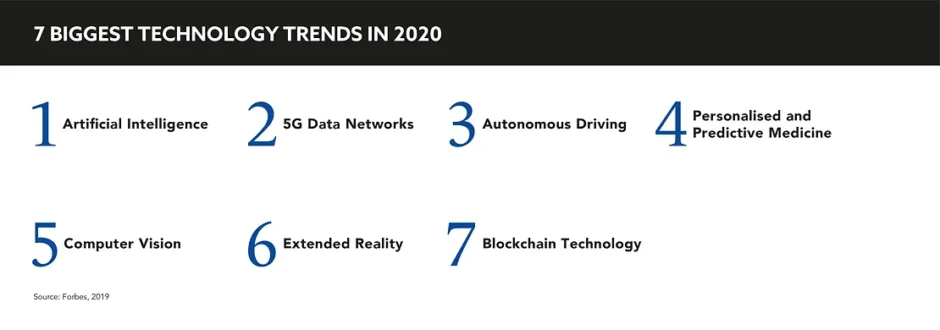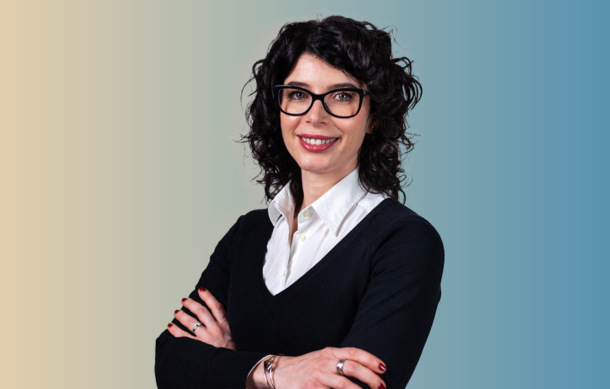Innovative technology has changed the game in pharma, from AI-powered marketing campaigns to DNA sequencing tools. When this technology is combined with creative thinking, the potential for success is vast. It is critical for pharma to marry creativity with technology as they drive towards a patient-centric future
Words by Kirstie Turner
“Shoot for the moon. Even if you miss, you’ll land among the stars.” Norman Vincent Peale’s eloquent musings remind us to always approach tasks without limitations in our minds: a mentality fully embraced by innovators of technology. From marketing to R&D, the tools available to the pharmaceutical industry are game-changing; but when this technology is combined with creativity, the potential is infinite. On their mission to improve outcomes for all patients, pioneering technology serves as pharma’s rocket; the vehicle to take them on the journey, and creativity the fuel to ignite an impactful launch.
At Cannes Lions Live 2020, speakers explore the power of melding creative ideas with innovative technology. Bob Lord, SVP, Cognitive Applications, Blockchain and Ecosystems, IBM, says: “When we marry creativity and technology, we can solve real problems.” Projects that utilise these two powerful elements should not be launched for the sake of innovation, but as agile solutions to real problems.
For pharmaceutical companies, innovative thinking and utilisation of technology are hugely impactful. Cleve Gibbon, Chief Technology Officer, Wunderman Thompson, asks: “How do we use technology to moon-shoot us into the future? It cost $1 billion and took 13 years to do a DNA sequence 15 years ago. Today, you can do a DNA sequence in the time it takes to flush a toilet – for cents on the dollar.” This has proved vital this year as researchers race against time to find a vaccine for COVID-19, kicked off by the identification of the DNA sequence.
Technology in the realm of health is predicted to grow exponentially in the near future. Mike McGee, Chief Creative Officer and Co-Founder, Framestore, explains: “Over the coming decades, technology will have a transformative effect on all of our lives. It promises a greater depth of understanding that will benefit a wide range of human endeavours, in areas including medical diagnosis and treatment.” It is clear that technology can have a transformative impact, but what role does creativity play?
McGee goes on to explain: “Imagine having a virtual collaborator that could learn your personal aesthetic and deliver a composition or design that was already in your style. The longer you collaborate with it, the better it would know you. Or imagine a collaborator who could perfectly imitate you and challenge you to outdo yourself.” Creativity thrives in collaboration, but even more so when your collaborator can learn your style and challenge you to think bigger and bolder than ever before.
As technology advances, we can test and trial things in a much shorter time period. William Bartlett, Executive Creative Director, Framestore, says: “What excites us about computers that can teach themselves is that they offer new ways to enhance our creative processes.” The benefits are multi-faceted, as Bartlett adds: “Speeding up existing techniques will provide us with more time to experiment, iterate, and ultimately take more creative risks.”
Lord shares one example when creative thinking was applied to a current challenge, and technology was used to drive the solution: “COVID-19 has everyone looking for answers, which has resulted in a strain on businesses, government agencies, and healthcare organisations. It has been very challenging to keep up with the demand. In response, IBM developed the Watson Assistant for Citizens: providing an AI-powered, virtual agent that helps governments and organisations to deliver life-saving information.”
IBM identified the challenge, and then thought about how they could apply their tools in a unique way to address it. “We pre-trained Watson Assistant with COVID-19 questions via the IBM Cloud and have been offering the tool free for 90 days to any organisation or government that wants to deliver fast, accurate answers to their customers, employees, and citizens. This is a clear opportunity to apply AI to quickly answer common questions on a very large scale, without overwhelming contact centres where human agents are needed to help those who truly need them,” adds Lord.
While the potential is exciting, it is critical to remember that technology is merely the vehicle to reaching a goal, and creativity the fuel it needs to complete the journey. We cannot let this distract from the mission itself: helping patients. “We’re not distracted by the excitement of the latest gadgets – in the end, they are just tools, powerful tools for sure, but technology is a means to an end,” says Bartlett.
Regaining this focus can be challenging, especially as the technology innovation market is so saturated. Lord advises companies to keep it simple and choose solutions that add value: “Invest in technology that serves your employees and customers and then make sure that your creative teams are working hand-in-hand with data scientists and developers to get that core insight into your consumer.”
After all, it is not rocket science; technology should be used to enhance the ideas and strategies that help to achieve patient-focussed goals. Bartlett considers: “Will machine learning one day be coming up with the ideas too? We’ll have to wait and see. The future is going to be an exciting place to work.” For now, the mission brief is in: engage technology, utilise creativity, and prepare for patient centricity to take off.







